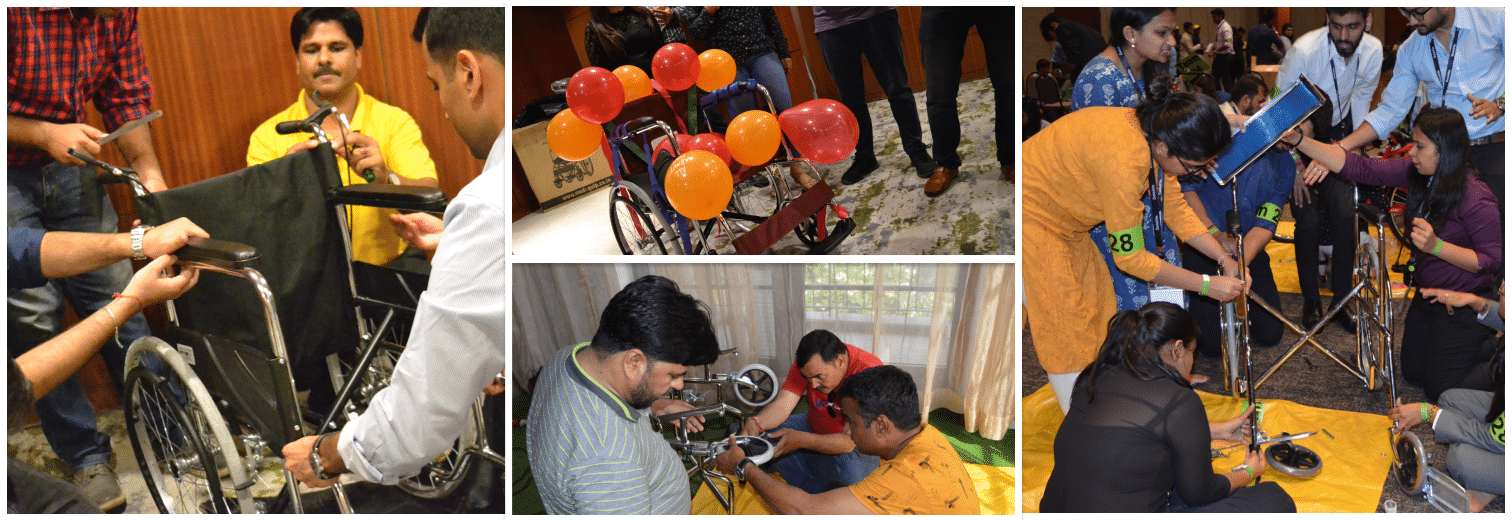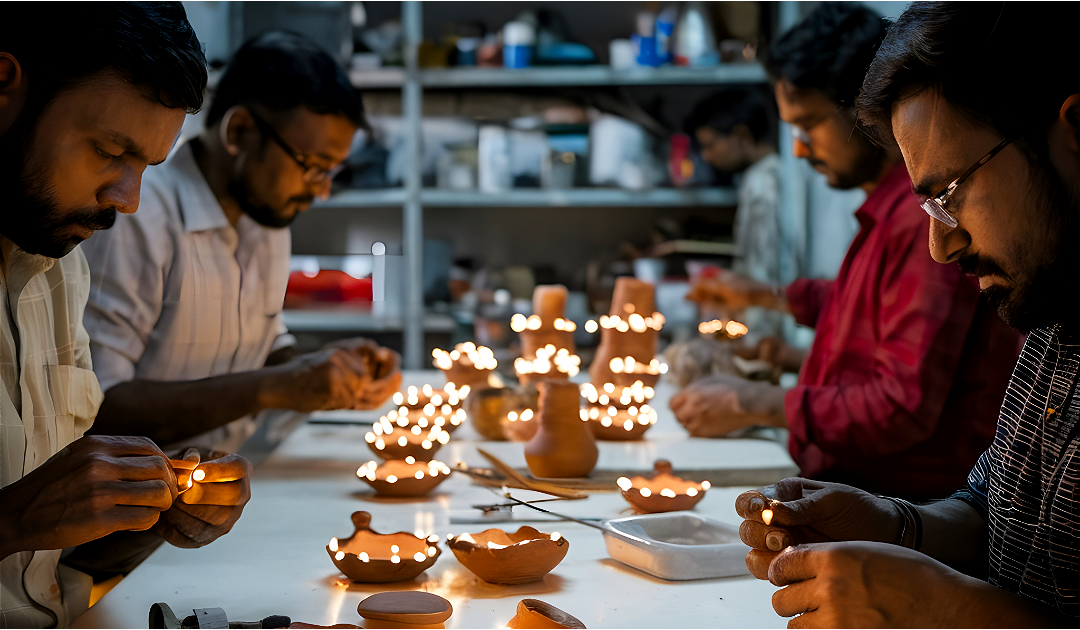Traveling across cities, meeting different teams, and engaging with diverse professionals, I have noticed one consistent truth. Strong teams are not accidental. They are nurtured, shaped, and supported through conscious effort. And one of the most effective ways to do that is through meaningful team building experiences.
In today’s fast-changing work environment, where hybrid setups, cross-functional projects, and rapid digitalization have become the norm, investing in team cohesion is no longer optional. It is essential. But not every team building activity delivers lasting results. The leaders I speak with are not just looking for something fun. They want something that sticks. Something that shifts mindset and behavior, long after the event ends.
So what makes certain team building activities more impactful than others? And why do thoughtful leaders specifically seek them out? Here are five reasons I have seen firsthand.
1. Building Real Communication and Connection
Table of Contents
I have seen it repeatedly. A team enters a workshop session distracted, guarded, or unsure of what to expect. But within an hour of engaging in a shared challenge, they begin talking, laughing, and leaning into the experience. That shift, from guarded to open, is powerful.
Research backs this up. According to a Salesforce survey, 96 percent of executives believe poor collaboration and ineffective communication are the primary reasons for workplace failure. In many organizations, the struggle is not talent or expertise, but lack of alignment and clarity in how teams speak, listen, and collaborate.
Impactful team building activities allow participants to observe and recalibrate these dynamics in real time. One activity I recommend often is the Domino Rally Challenge, where teams are asked to construct a cascading chain of dominos. The task seems simple, but executing it well requires precise coordination, active listening, shared decision-making, and real trust.
By the end, the conversations deepen. The insights multiply. And teams walk away not only having had fun, but understanding how their words, tone, and timing affect everyone else.
Takeaway: Communication does not improve by talking about it. It improves by practicing it together.
2. Pushing Performance Beyond the Comfort Zone
One of the things I love most about experiential team activities is how they subtly push individuals out of their comfort zones. Not through pressure, but through curiosity and challenge. And when done right, the effect ripples back into the workplace.
The LEGO SERIOUS PLAY methodology is a brilliant example of this. Participants are asked to explore and express ideas using LEGO bricks. This form of hands-on thinking creates psychological safety, allowing team members to share perspectives they might normally withhold.
I remember facilitating a session where a quiet finance manager built a model that reflected team misalignment and presented it to the group. The impact of that moment went far beyond LEGO. It opened up an honest discussion that had been long overdue.
The truth is, teams perform better when they feel safe to experiment and fail. Activities that create space for this, while maintaining structure and purpose, help unlock performance in ways traditional training cannot.
Takeaway: High performance is not about perfection. It is about willingness to stretch, try, and grow.
3. Encouraging Healthy Competition and Ownership
Competition is a double-edged sword. Handled poorly, it creates silos. Done right, it brings out focus, energy, and pride in execution. The difference lies in how the experience is framed.
That is why team challenges like the Team Olympics format are so effective. Teams are grouped, assigned flags and slogans, and invited to participate in fast-paced challenges. The laughter, hustle, and adrenaline are real. But more importantly, so is the debrief.
The reflection after the activity brings clarity to questions like:
- How did we support each other under pressure?
- Where did we shine?
- Where did we struggle?
Competition can surface both strengths and blind spots. And when teams are supported to learn from those insights, the result is deeper accountability and respect.
Takeaway: Great teams do not just compete to win. They compete to grow.
4. Strengthening Trust Through Shared Experience
Let’s face it. Virtual meetings and digital platforms have their benefits, but they often strip away the nuances of real human connection. In this environment, trust cannot be built through status updates alone.
That is why in-person team building, when facilitated thoughtfully, plays a unique role. It brings people into shared spaces. It removes labels and titles. It reminds colleagues that beyond their job descriptions, they are human.
I have seen colleagues who barely exchanged more than a hello suddenly planning strategies side by side during a challenge. I have witnessed misunderstandings melt away through a simple moment of shared laughter.
These moments matter. Especially in high-stakes or high-pressure roles, knowing that your teammate has your back makes a difference.
Team building activities remind people that collaboration is not a transaction. It is a relationship.
Takeaway: Trust is the foundation of performance. And trust is built through time spent together, not tasks completed alone.
5. Renewing Energy, Joy, and Motivation
Leadership today is not just about driving outcomes. It is about sustaining energy. Because no matter how strategic or skilled a team is, if they are emotionally depleted, their performance will eventually suffer.
One of the most underrated aspects of team building is how it recharges teams emotionally. After a well-run activity, I often see teams walk out smiling, chatting, and with a sense of renewed energy.
Winners feel validated. Runner-ups feel challenged in a healthy way. And everyone feels like they have been seen and appreciated.
In a world where burnout is common and team morale can dip without warning, this kind of reset is invaluable.
One leader told me recently after a session, “This was not just team building. It was team healing.”
That struck a chord. Because sometimes, we do not just need alignment. We need upliftment.
Takeaway: People do not just need tasks to stay engaged. They need moments of meaning and connection too.
Related reading: 5 Ways to Enhance Employee Engagement
In Conclusion: It Is About More Than Just a Fun Day
Team building is not a break from work. It is how teams build the trust, insight, and emotional stamina to get through work better.
When done well, it helps teams:
- Strengthen communication
- Experiment with performance
- Practice healthy competition
- Deepen trust
- And reenergize for the road ahead
So, if you are thinking about team building, my advice is that do not just book an activity. Choose a partner that helps you ask the right questions, design the right experience, and debrief with purpose.
Because in today’s world of hybrid complexity and constant change, your culture is your competitive edge. And team building is how you shape it.
If you want to explore which experiences might fit your team best, I would be happy to share ideas or stories from what I have seen work.




